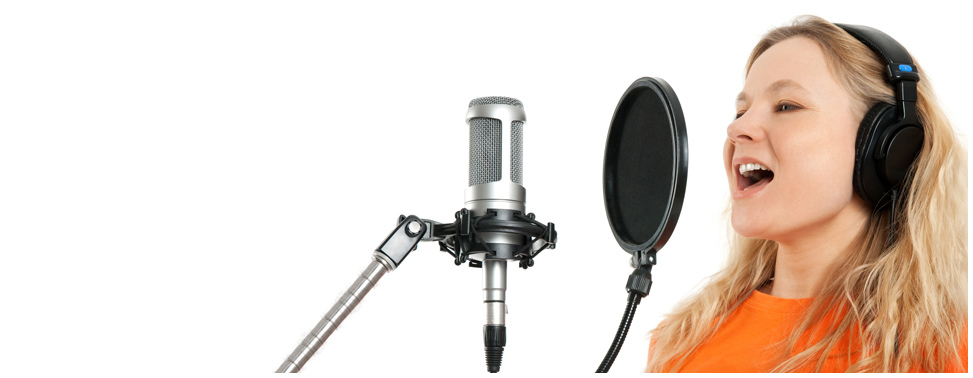Home > Listening Therapy > Voice

If your voice has good timbre, is rich in overtones, you are charging yourself each time you use it, and of course you are providing a benefit to whomever hears you. Your voice is your best friend.…Dr. A Tomatis
Voice
“Through vocal self expression man listens to himself. This may seem very simple, but it is not at all. Because that which he hears, never is that which he emits. Indeed, we are always shifting with regards to ourselves. The laryngeal voice which sends the language in the direction of the person who is being addressed and which makes our osseous system vibrate, brings our own voice back to us. We then perceive it a second time through atmospheric conduction. The emission via the inner ear is ideally in harmony with the first emission. This is often, unfortunately, not the case, except for those few “good listeners.” There is a physiological reason for this displacement. The low tones reach the ear of the speaker in greater number, the high frequencies travel straight ahead and the middle frequencies dissipate to the sides. Thus the poverty of our control by the osseous path profoundly modifies our relationship with the other. Progressively the voice loses it’s tone, loses it’s timbre and it’s warmth.”Dr. A Tomatis
At the Listening Centre I have worked with many singers both amateur and professional; popular and classical, actors and people who have been dissatisfied with their speaking voices. I am constantly amazed by the common denominator of what untangling the listening patterns and bringing the relationship of osseous and air conducted perception of the ear into harmony can achieve.
Isn't it strange that apart from some aural tests to assess aptitude for music, that the singer's receivers and perceivers are never tested? This is because of the wide spread belief that the ears either hear or they don't.
This was far too little for Alfred A Tomatis who actually analysed and studied the listening responses of great musicians and singers, to be able to say definitively what constitutes "a musical ear". He determined that a person's ability to perceive frequencies accurately and quickly, that is using the most efficient route to the language centre of the brain, determined the result of a clear core sound resonating evenly in all octaves of the range and the ability to use it to make pleasing phrases and heart felt music. Sounds a bit too simple? Well we are talking about the instrument, that is your voice, a fundamental component of your persona. Doesn’t it make more sense to iron out and strengthen this core first before undertaking tuition, so that knowledge and vocation can be utilised to it's full without reaching blocks and insurmountable plateaux.
In my practical experience as a listening therapist and opera singer, without exception all singers have gained:
- Greater ease in sound production
- Expansion of range in both lower and upper registers
- More body awareness and better understanding of their instrument
- Better air flow
- Improved intonation and brilliance of sound
- Clarity over voice category and aptitude for certain roles
- More resonance Increased overtones
- Improved posture
- Undoing of compensatory artifice and habits resulting from faulty listening
- Release of the temporal bones and jaw allowing the tongue and the larynx to relax into a lower position
- Freeing of the diaphragm into a dynamic tonus
- Increased self confidence
- Feeling more connectedness to oneself and audience.
These attributes are our birth right! When listening patterns become distorted due to the rigors of life and long term unresolved emotional turmoil and stress our receivers suffer, the muscles of the middle ear become weakened and we are literally out of sync. This can be attended to and brought back to a glowing shine by simply undergoing a course in Listening Therapy. Simple as that. The ears are the tuning pegs of your instrument, crank the peg and the body will respond with vibrant appreciation and sing forth from it's heart's centre.
For more information go to the Tomatis page and read about Tomatis’s discoveries and how sonically anaylsing Enrico Caruso’s voice gave him the key to understanding listening. An in depth narrative can be read in his autobiography “The Conscious Ear” and in “The Ear and the Voice”
